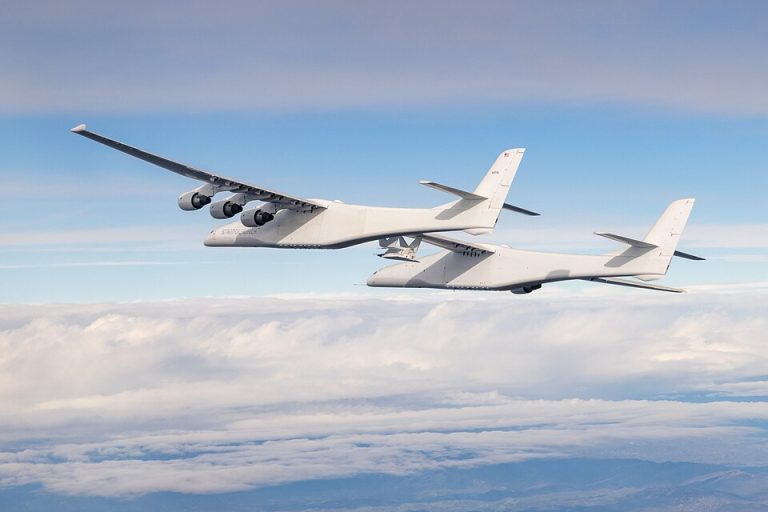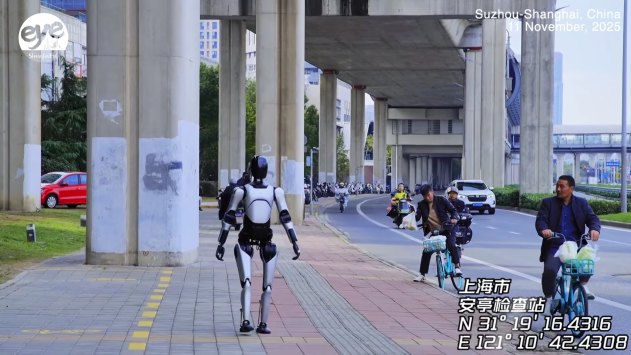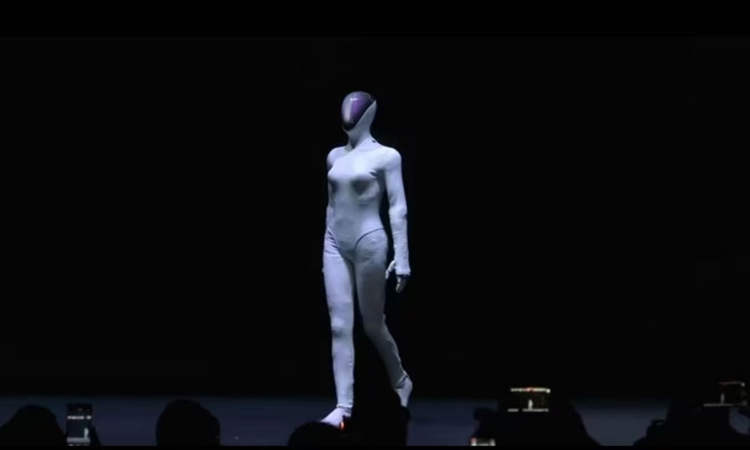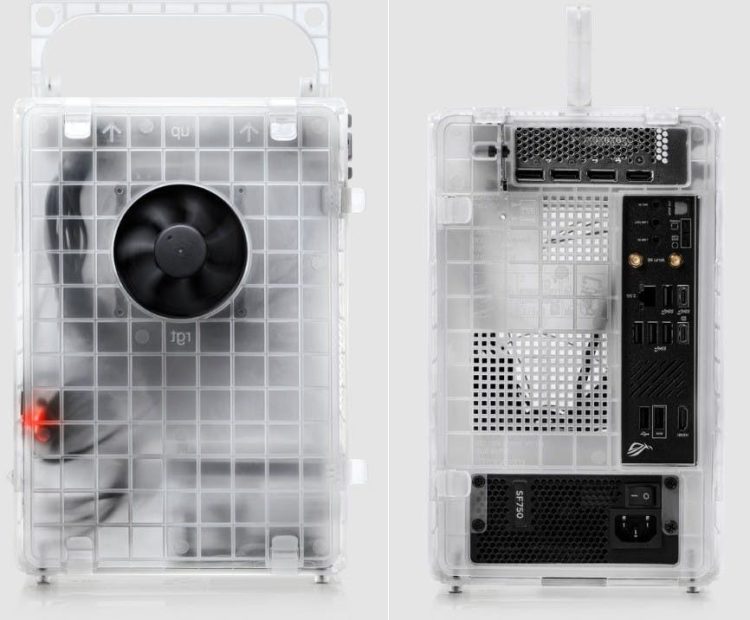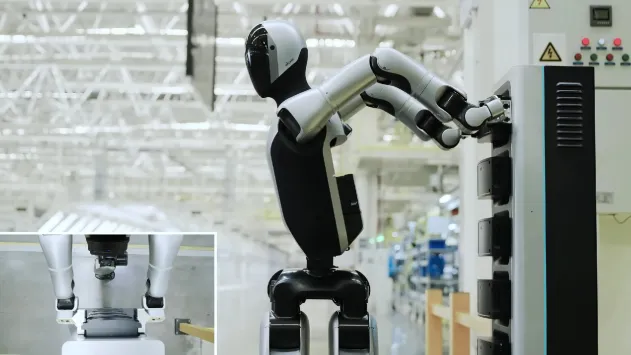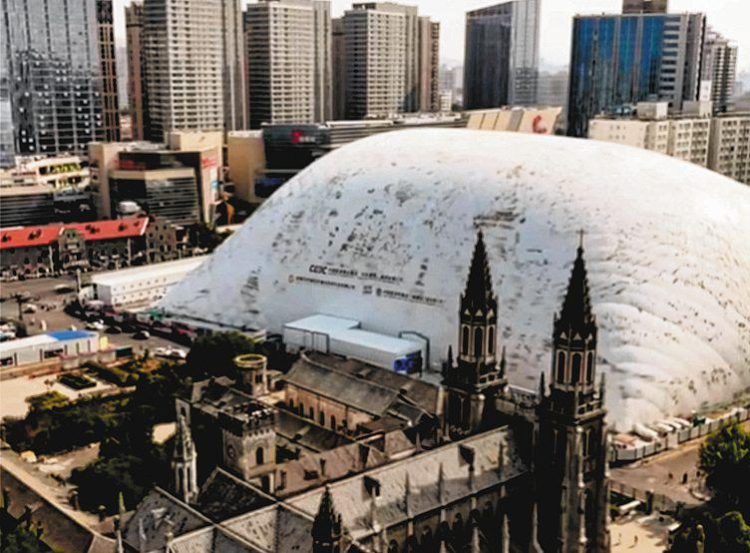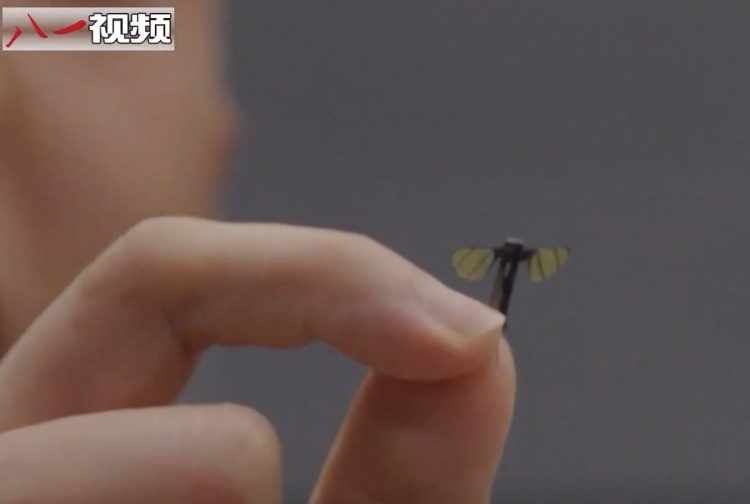With a holding capacity of up to 9,100 vehicles (conventional or electric), the Höegh Aurora holds the title of “world’s largest vehicle carrier”.
Operated by Norway’s Höegh Autoliners, the Aurora was built by China Merchants Heavy Industry (CMHI) in Jiangsu, China, and made its maiden voyage last year. Measuring about 37.5 meters wide and 199.9 meters long, it is considered the world’s largest Pure Car and Truck Carrier (PCTC) vessel for transporting various types of vehicles, and thanks to strengthened decks and enhanced internal ramp systems, it can carry heavier electric vehicles on all 14 decks, making it future-proof. With a cargo capacity of 9,100 vehicles, the first Höegh Aurora class carrier beats the previous world’s largest vehicle carrier by 600 vehicles.
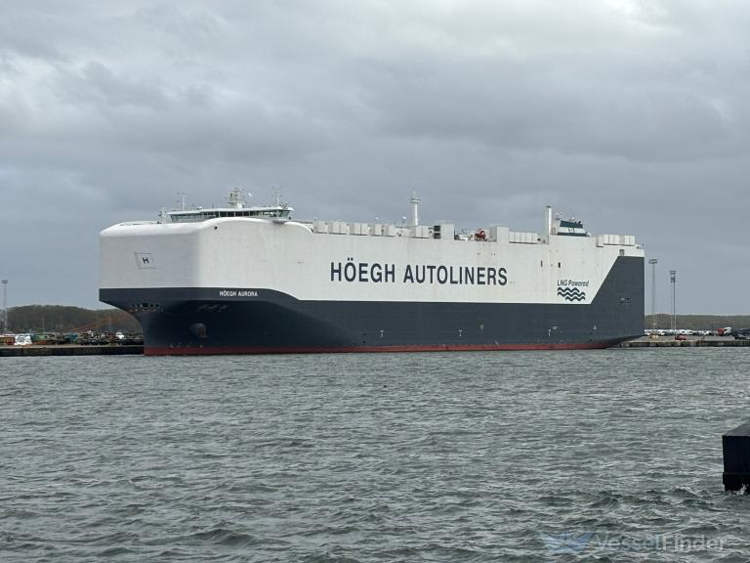
Photo: Vessel Finder
But size and carrying capacity aren’t the only impressive characteristics of the Höegh Aurora. It’s also the world’s greenest PCTC, thanks to a number of environment-friendly features. It has 1500 square meters of solar panels on the top deck, which help reduce electricity production from the generators by up to 30-35 percent, and it runs on liquefied natural gas (LNG), biofuels, and low-sulfur oil.
“Together with our partners, we are removing carbon from one of the hardest-to-abate sectors,” Höegh Autoliners said in a statement. “Changing the perception of deep-sea transportation. Together, we are making sustainable shipping doable, accelerating the green transition within our industry, and setting a whole new standard for sustainable solutions and services in shipping.”
Höegh plans to make its Aurora Class ships even “greener” in the future. By 2027, all 12 commissioned carriers will be powered by engines running on “clean ammonia”, a zero-carbon type of fuel.
“The Aurora Class is the crown jewel of our groundbreaking, industry-transforming green fleet renewal program,” Sebjørn Dahl, COO of Höegh Autoliners, said. “These vessels meet the demands of our growing number of carbon-conscious customers seeking emission reductions and sustainable transportation. Together, we will not rest until we achieve net zero operations.”

